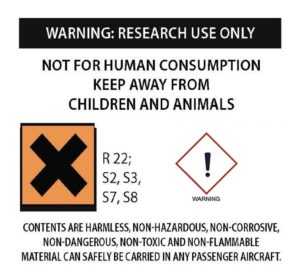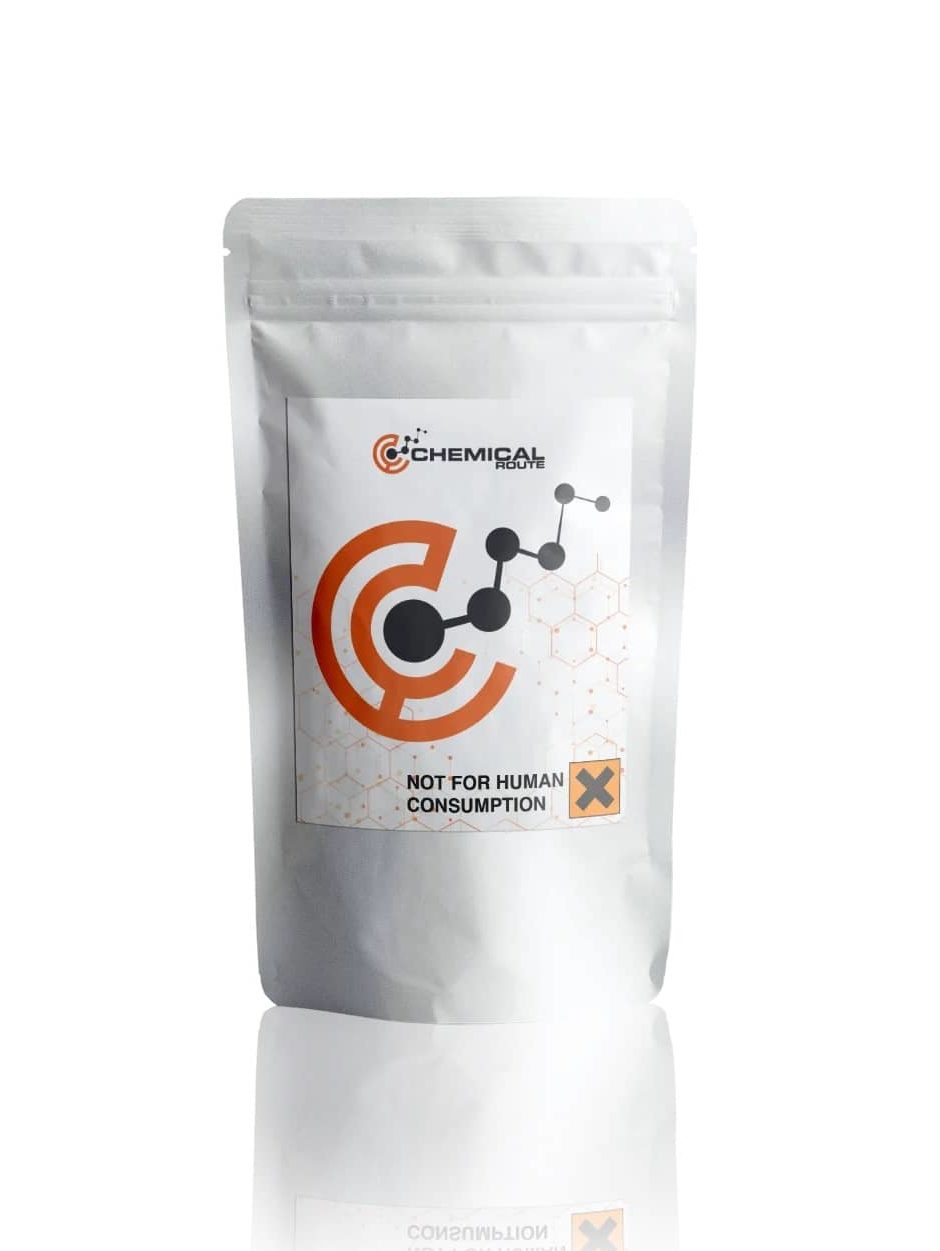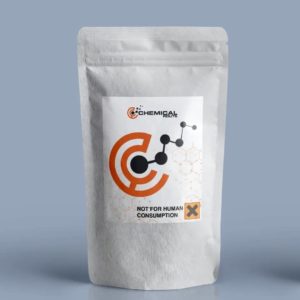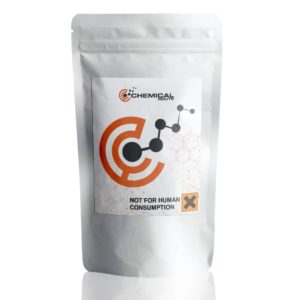Description
Benzylpiperazine, BZP
Product information
IUPAC-name 1-Benzylpiperazine
Synonyms Benzylpiperazine, BZP, 1-Benzylpiperazine
Formal name 1-
Cas number 2759-28-6, 5321-63-1 (dihydrochloride)
Formula C11H16N2, C11H16N2 • 2HCl
Molar Mass 176.263 g·mol−1
Purity 99.0 % min.
Formulations A neat solid, Powder
Solubility
- DMF: 5 mg/ml
- DMSO: 30 mg/ml
- Ethanol: 2 mg/ml
- PBS (pH 7.2): 10 mg/ml
Benzylpiperazine, BZP, 1-Benzylpiperazine
The psychoactive substance BZP is commonly used as a recreational drug. It can cause various adverse effects, such as seizures and psychosis. Some users have also reported experiencing renal toxicity and acute psychosis. Deaths from BZP derivatives have been reported. Although these deaths are rare, one death allegedly due to BZP was caused by itself.
History
It was first synthesized by Burroughs & Company in 1944. It is widely believed that BZP was originally used as an anti-parasitic agent in farm animals. However, this claim is not entirely accurate since its synthesis was allegedly pre-dating their interest in piperazine as anthelmintic agents. Most of the early work on the piperazines was focused on investigating its potential use as anthelminertics, with the first clinical trials on the drug being published in the British Medical Journal in 1950.
It was initially used as a worm treatment. However, it was later discovered that it has side effects and can be abused. During the 1970s, it was proposed as a potential antidepressant. However, this drug was rejected after it was revealed that it can have similar effects to amphetamines and could be abused.
In 1996, the US Drug Enforcement Administration stated that it was being used recreationally in California. It also noted that it was being used in illicit drugs. In 2000, its use began to increase worldwide, and in the following years, it was controlled in the US, Europe, and New Zealand. In 2005, it was restricted in New Zealand, and in 2008, it was reclassified as a Class C substance due to new evidence.
In 2007, around 5 million pills of BZP were reportedly sold in New Zealand. It is commonly used as a replacement for MDMA, which is also known as ecstasy. It has also been claimed that it is safer than other illicit drugs. It is additionally marketed as “ecstasy,” a colloquial term for MDMA.
Chemistry
BZP is a derivative of piperazine that comes in two forms: the free base and the hydrochloride salt. The former is a white solid, while the latter is a yellowish-green liquid.
Despite the fact that BZP has no dietary value, it is commonly marketed as a dietary supplement. This product cannot be classified as a drug or medicine under New Zealand’s Misuse of Drugs Act, which was passed in 2005. Some retailers also refer to it as a natural product, though it is actually a synthetic substance that has not been identified as natural.
Pharmacology
BZP has a mixed mechanism of action, which is similar to that of MDMA. It can be used to treat schizophrenia and other mental disorders. It can also increase the levels of serotonin in the cell’s extracellular fluids.
BZP has a lower potency than other drugs that target the noradrenaline reuptake and dopamine reuptake transporters. It can also affect the alpha2-adrenoreceptor, which is an antagonist. This drug can also cause an increase in the released noradrenaline.
As a non-selective serotonin receptor, BZP can also affect the various serotonin receptors. It can cause mild hallucinogenic effects when combined with high levels of serotonin. However, its effects on the 5HT2A and 5HT3B receptors could also explain some of the side effects of this drug. The presence of this receptor in the gut, which is very densely populated, could also explain the common side effects of headaches.
The toxicological and physiological properties of this compound has not been analyzed. Usage of this Chemical should be for research and forensic purposes only.
WARNING This product is not for human or veterinary use.

This product is only available to persons of 21 years old and above.
Hazard statement(s)
| H302 | Harmful if swallowed |
| H315 | Causes skin irritation |
| H319 | Causes serious eye irritation |
| H332 | Harmful if inhaled |
| H335 | cause respiratory irritation |
| H336 | cause drowsiness or dizziness |
| Precautionary statement(s) | |
| P264 | Wash hands thoroughly after handling |
| P280 | protective gloves/protective clothing/eye protection/face protection |
| P305 + P351 + P338 | IF IN EYES: Rinse cautiously with for several minutes. Remove contact lenses, if present and easy to do. Continue rinsing. |
| P337 + P313 | If eye irritation persists: Get medical advice/attention |
| P261 | Avoid breathing dust/ fume/ gas/ mist/ vapors/ spray |
| P271 | Use only outdoors or in a well-ventilated area |
| P304 + P340 | IF INHALED: Remove victim to fresh air and keep at rest in a position comfortable for breathing |
| P312 | Call a POISON CENTER or doctor/physician if you feel unwell |
| P403 + P233 | Store in a well-ventilated place. Keep container tightly closed |
| P405 | Store locked up |
| P501 | Dispose of contents/container to a licensed disposal company |




Reviews
There are no reviews yet.